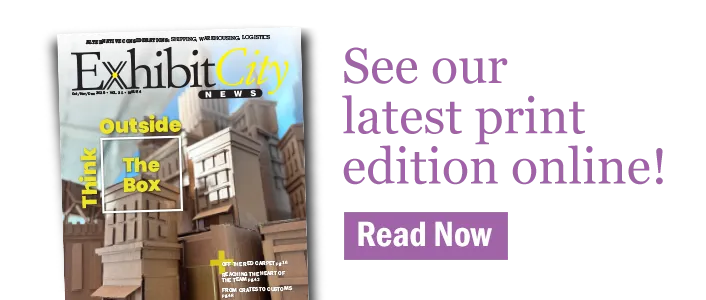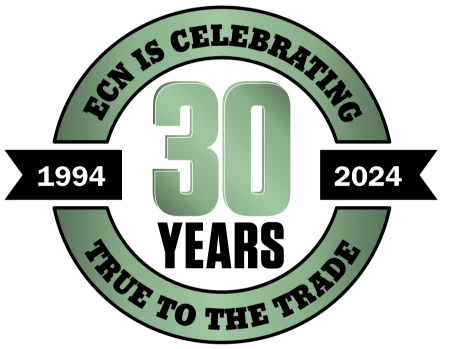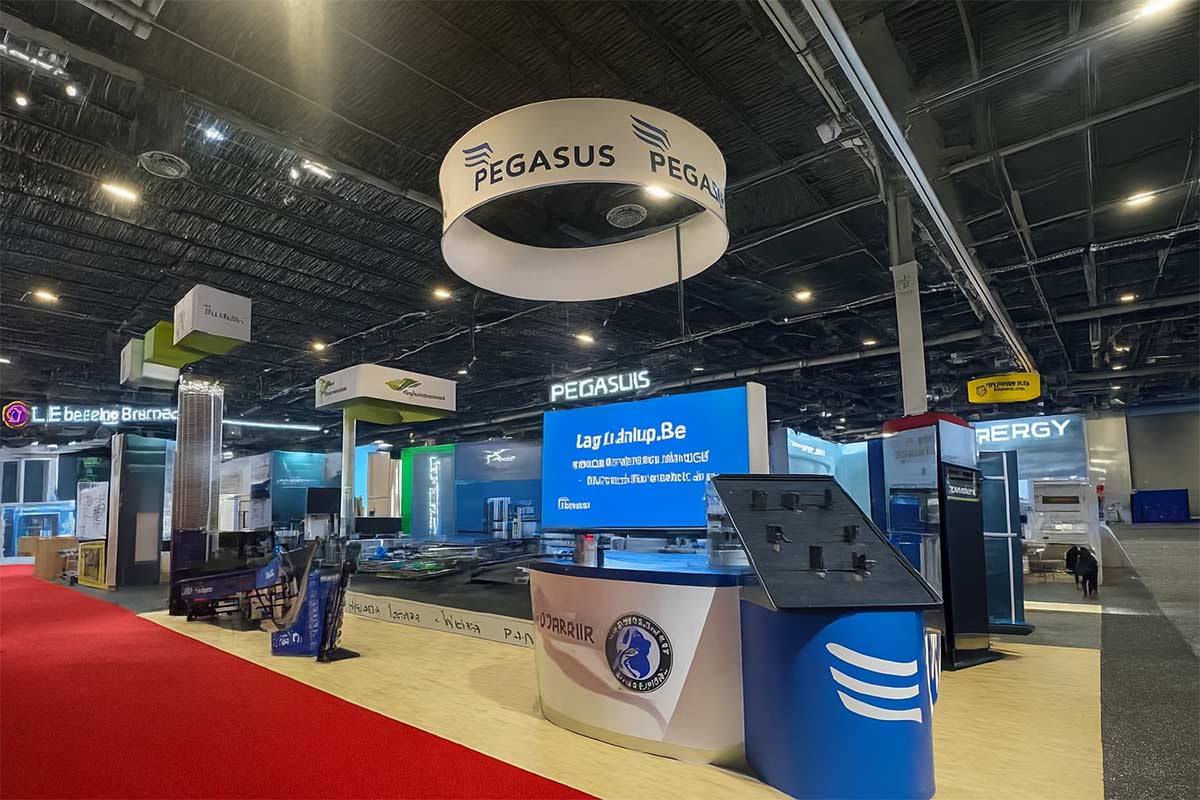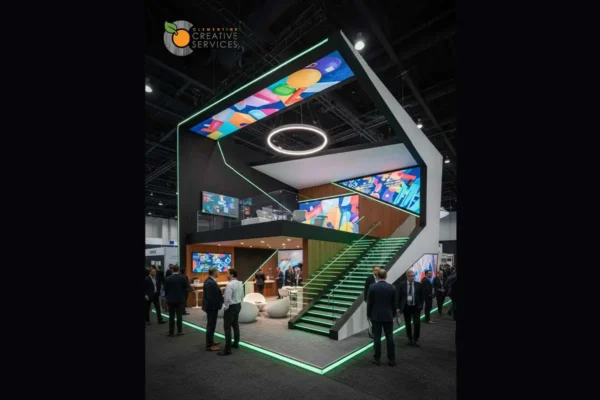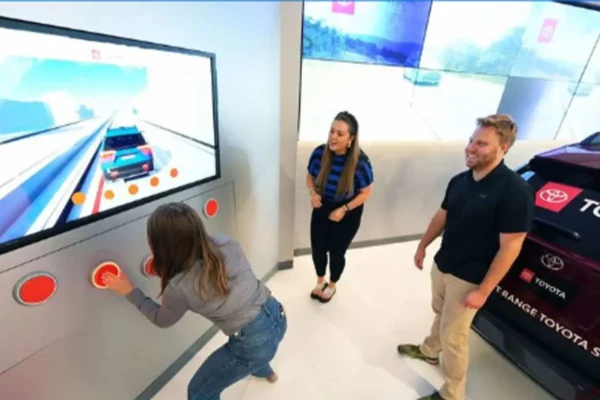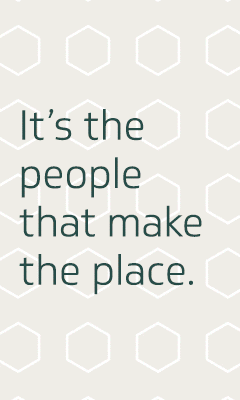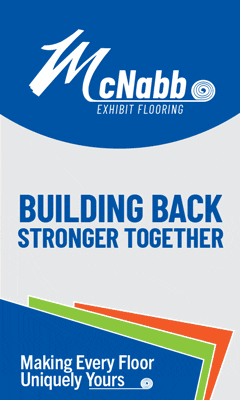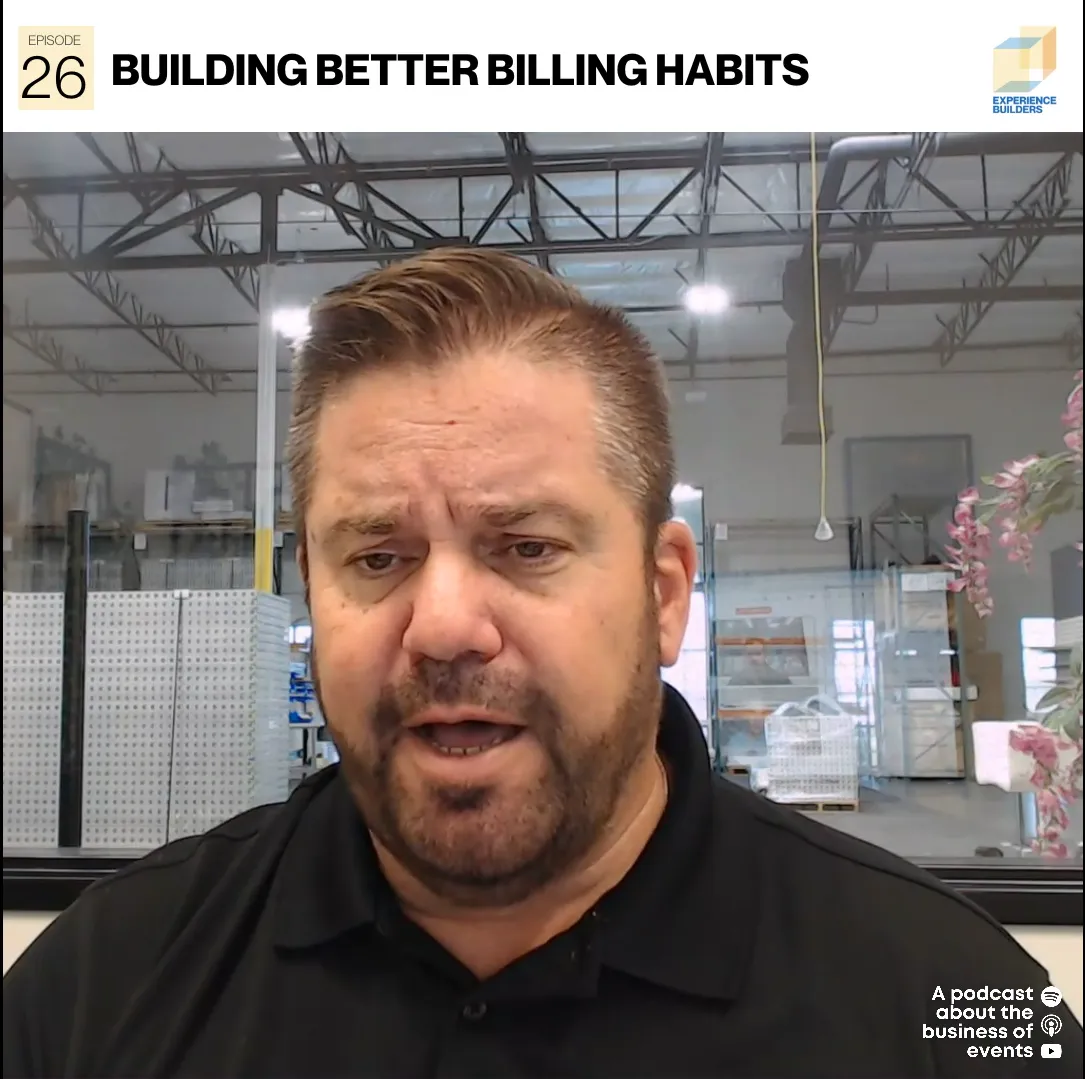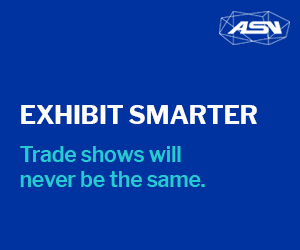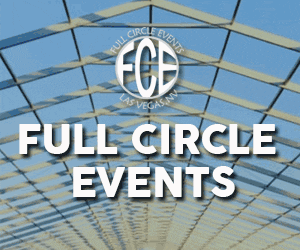(Image provided by Real Communications. Pegasus Solar at RE – experiential touch point)
The Case for Experiential Exhibiting
In the exhibition industry, a booth’s success is determined not just by its size, but by its ability to engage attendees on a deeper level. According to research conducted by the Event Marketing Institute and the Centre for Exhibition Industry Research, 74 percent of consumers say engaging with a brand’s experiential marketing makes them more likely to buy, and the average dwell time at a well-designed experiential exhibit is often three to four times longer than at a traditional booth.
The core distinction lies in whether you’re creating a meaningful experience or relying on a gimmick.
What is Experiential Exhibiting?
Taking a strategic marketing approach can transform a simple display into an immersive, multi-sensory environment, forging a strong emotional and intellectual connection between the attendee and the brand. This is playing the long game, aiming to foster brand loyalty and trust.
Key Elements:
- It tells a story: An experiential exhibit guides the attendee through a narrative, often using a mix of physical and digital elements. “For example, we recently created a stand for Pegasus Solar for the RE+ event in Las Vegas, utilising a combination of use-case demo stations and digital content on the giant LED centrepiece wall. In addition, all demo stations featured screens with content, as well as QR codes for additional take-home information,” shares Mike Silver, managing director and US partner of Booth Exhibits.
- It encourages active participation: Attendees are not passive observers; they are part of the experience. “The Pegasus Solar real use cases allowed users to touch and play with the product range to create a proof point of their benefits in action in a real-life scenario, eg Pegasus’s waterproof promise”, Silver explains.
- It uses technology with purpose: Technology is integrated to enhance the message, not just for a “wow” factor. “We found the physical demos conducted on the Pegasus Solar fireside roof with digital content complementing the live explainer interaction to be particularly effective in supporting the brand message”, he continues.
The Problem with Gimmicks
Short-term tactics designed to attract momentary attention without a strategic, brand-relevant purpose often provide a temporary distraction but fail to create a lasting or meaningful connection.
Key Issues:
- Lack of relevance: Silver believes that the most common mistake is a gimmick that has no connection to the brand. A booth with a prize wheel that offers generic prizes, such as branded pens or candy, might attract people, but they are there for the prize, not to learn about the company.
- Focus on quantity over quality: Gimmicks often aim for high foot traffic and a large number of “leads,” but these contacts are usually unqualified. The attendee who fills out a form to win a prize is less likely to become a customer than someone who takes the time to engage with a product demo.
- It can cheapen the brand: While fun for a moment, an unrelated or poorly executed gimmick can undermine your company’s image. Attendees may perceive the brand as lacking substance and being willing to resort to superficial tricks to get attention.
Measuring Success: ROI vs. ROE
The success of these two approaches is measured differently.
- Return on Investment (ROI) for Gimmicks: This is often a simple calculation of the number of leads collected versus the cost of the giveaway. It’s a metric that can look good on paper but doesn’t reflect the actual value of the interactions.
- Return on Experience (ROE) for Experiential Exhibits: This is a more nuanced metric that looks at engagement quality. Success is measured by factors like:
- Dwell time: The amount of time attendees spend at your booth. Longer dwell times indicate deeper engagement.
- Qualified leads: The number of people who not only visited, but also actively participated and showed genuine interest.
- Social media mentions: The number of organic posts, tags, and shares generated by attendees who were genuinely impressed by the experience.
“A gimmick gets people to your booth, but an experience gets them to connect with your brand,” Silver concludes.



